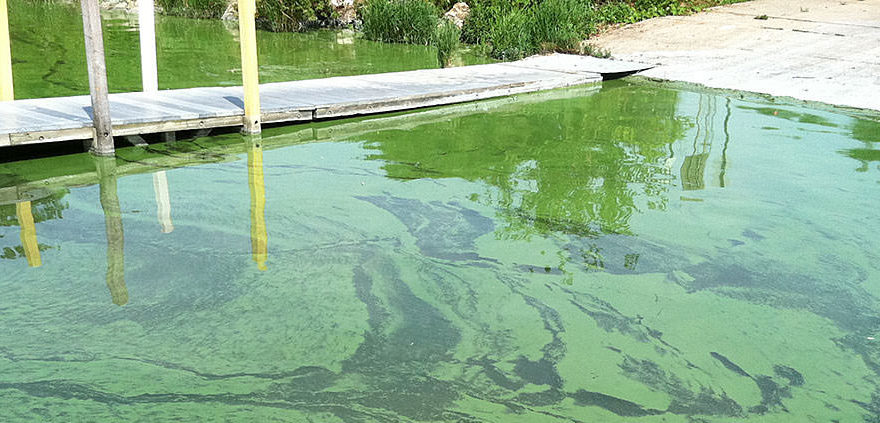
North Carolina Division of Water Resources officials are reminding residents to steer clear of water that looks discolored because it could be an algal bloom.
Water that looks bright green, blue, discolored or scummy could indicate the presence of an algal bloom.
Supporter Spotlight
Certain types of algal blooms can create toxins harmful to humans, pets and aquatic organisms. Harmful algal blooms are indistinguishable from nonharmful blooms by mere sight.
The state Department of Health and Human Services Division of Public Health encourages people to avoid contact with large algae accumulations. Children and pets should be prevented from swimming in or ingesting water in an algal bloom.
If you do come into contact with an algal bloom, wash thoroughly. If your child becomes ill after being in waters containing an algal bloom, get medical care immediately.
Pets that may have come into contact with an algal bloom should be rinsed off. Seek veterinary care immediately if your pet appears to stumble, stagger, or collapse after being in a pond, lake or river.
Blooms should be reported to your nearest Department of Environmental Quality regional office or online.
Supporter Spotlight
Algal bloom events that are reported to the state are available on the Division of Water Resource’s Fish Kill & Algal Bloom Dashboard.
Although algae naturally occur in all waterbodies, certain environmental conditions, including increased nutrients, elevated temperatures, increased sunlight and low or no water flow, can prompt rapid algal cell growth that causes algal blooms.
Wind and wave action can move blooms and decaying algae may create a strong, foul odor.







